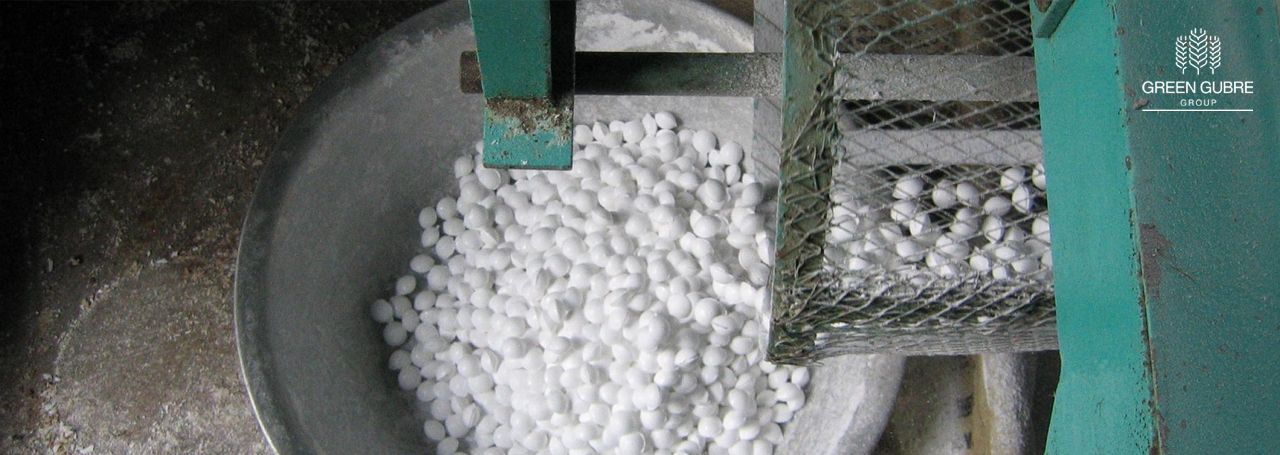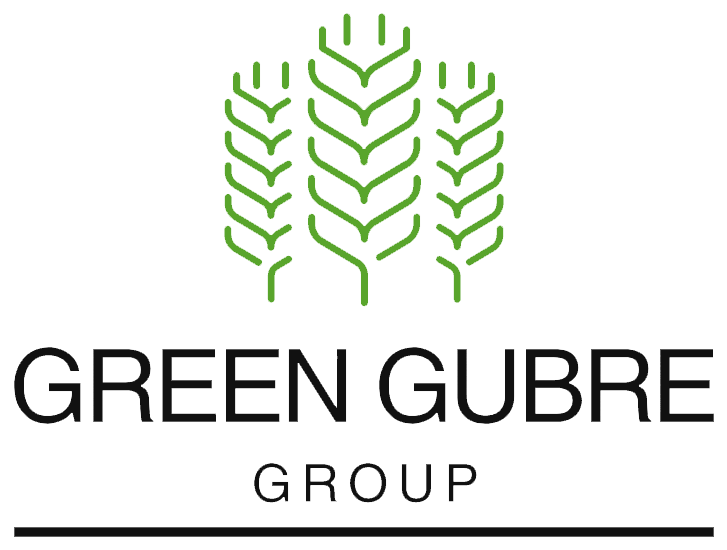China’s Pivotal Role in the Global Fertilizer Market: Supply, Trade, and Transformation
China’s Pivotal Role in the Global Fertilizer Market:
Supply, Trade, and Transformation

China is uniquely influential in the global fertilizer market as the world's largest fertilizer producer and consumer. Its actions shape supply chains, influence pricing, and set policy trends that resonate across international agricultural markets. In recent years, China’s domestic reforms, export controls, and sustainability initiatives have introduced new dynamics to global fertilizer flows, particularly for urea, phosphate-based fertilizers like DAP and MAP, and NPK blends.
This blog explores China’s impact on the global fertilizer industry, analyzing its production strength, trade policies, market influence, and the emerging push toward green transformation.
China’s Fertilizer Industry at a Glance
China’s fertilizer sector is massive and diverse:
- Top Producer: China leads global production for urea, phosphate, and NPK fertilizers.
- Major Consumer: Over 40% of its fertilizer output is consumed domestically to sustain its vast agricultural land.
- Key Exporter: It exports fertilizers to Asia, Africa, and South America and, depending on trade conditions, increasingly to global markets like Europe.
Major Fertilizer Types Produced:
- Urea (46%N): Primarily used in rice, wheat, and corn cultivation.
- Phosphates (DAP, MAP): Significant due to China’s phosphate rock reserves.
- NPK Compounds: Produced in large volumes for commercial and smallholder farming.
Export Policy Shifts and Global Impact
China’s fertilizer exports are closely monitored and regulated by the government. In recent years, export policies have shifted to prioritize:
- Domestic supply security: Export restrictions are imposed during high local demand or price volatility.
- Price stabilization: The government limits exports to prevent domestic inflation and ensure food security.
- Environmental goals: Emissions targets and energy consumption controls also affect the output of high-energy fertilizers like urea and ammonia.
Recent Examples:
- In 2022 and again in 2024, China reduced urea and DAP exports to control domestic prices, causing global prices to spike.
- China’s limited phosphate exports in early 2025 affected availability in Southeast Asia and India, pushing prices by $15-30/MT.
China’s Role in Global Fertilizer Supply Chains
1.Pricing Influence:
As a swing supplier, China’s decisions can shift global prices. Reductions in DAP exports affect India and Southeast Asia, while urea decisions influence Africa and Latin America.
2. Key Trade Routes:
Chinese fertilizers are exported through ports like Qingdao, Shanghai, and Tianjin to:
- Africa: NPK and urea to West and East African countries.
- South Asia: India, Bangladesh, and Pakistan are primary phosphate importers.
- Southeast Asia: Vietnam, Thailand, and Indonesia depend on urea and DAP from China.
3.Growing Influence in Africa:
China has extended its fertilizer presence in Africa through:
- Direct fertilizer trade (especially urea and NPK).
- Infrastructure investments in ports and warehouses.
- Agricultural cooperation projects and grants.
Sustainability and Green Transformation in China’s Fertilizer Industry
China is gradually transitioning toward more sustainable practices:
- Emission Regulations: Ammonia and urea plants are being modernized to cut carbon emissions and increase energy efficiency.
- Green Ammonia Projects: Pilot projects are underway in Inner Mongolia and other regions to produce green ammonia using renewable energy.
- Reduced Chemical Dependency: China reduces overuse by promoting balanced fertilization, biofertilizers, and precision farming.
These shifts are essential for international buyers, especially in regions like Europe, where CBAM (Carbon Border Adjustment Mechanism) regulations will soon penalize carbon-intensive imports.
Challenges and Opportunities Ahead
Challenges:
- Export unpredictability due to internal controls.
- Trade policy tensions with the US and EU.
- Environmental restrictions reducing supply.
Opportunities:
- Long-term supply agreements with stable Chinese producers.
- Growing demand for China’s NPK formulations in Africa and South America.
- Investment in joint ventures with Chinese firms for local production hubs abroad.
Conclusion
China’s fertilizer industry will continue to play a vital role in global agriculture. Its vast production capacity, shifting trade strategies, and sustainability goals shape the global supply chain, impacting price trends and availability worldwide. As the world adjusts to new climate regulations and food security concerns, China’s role as a reliable producer and a policy-driven exporter becomes even more central.
International buyers, especially in regions like Africa and India, must closely monitor China’s production decisions and trade restrictions and stay constantly updated on the country's regulatory landscape. Forming strategic partnerships and staying abreast of China’s evolving policies will be crucial to securing stable and affordable fertilizer supplies in the years ahead.




